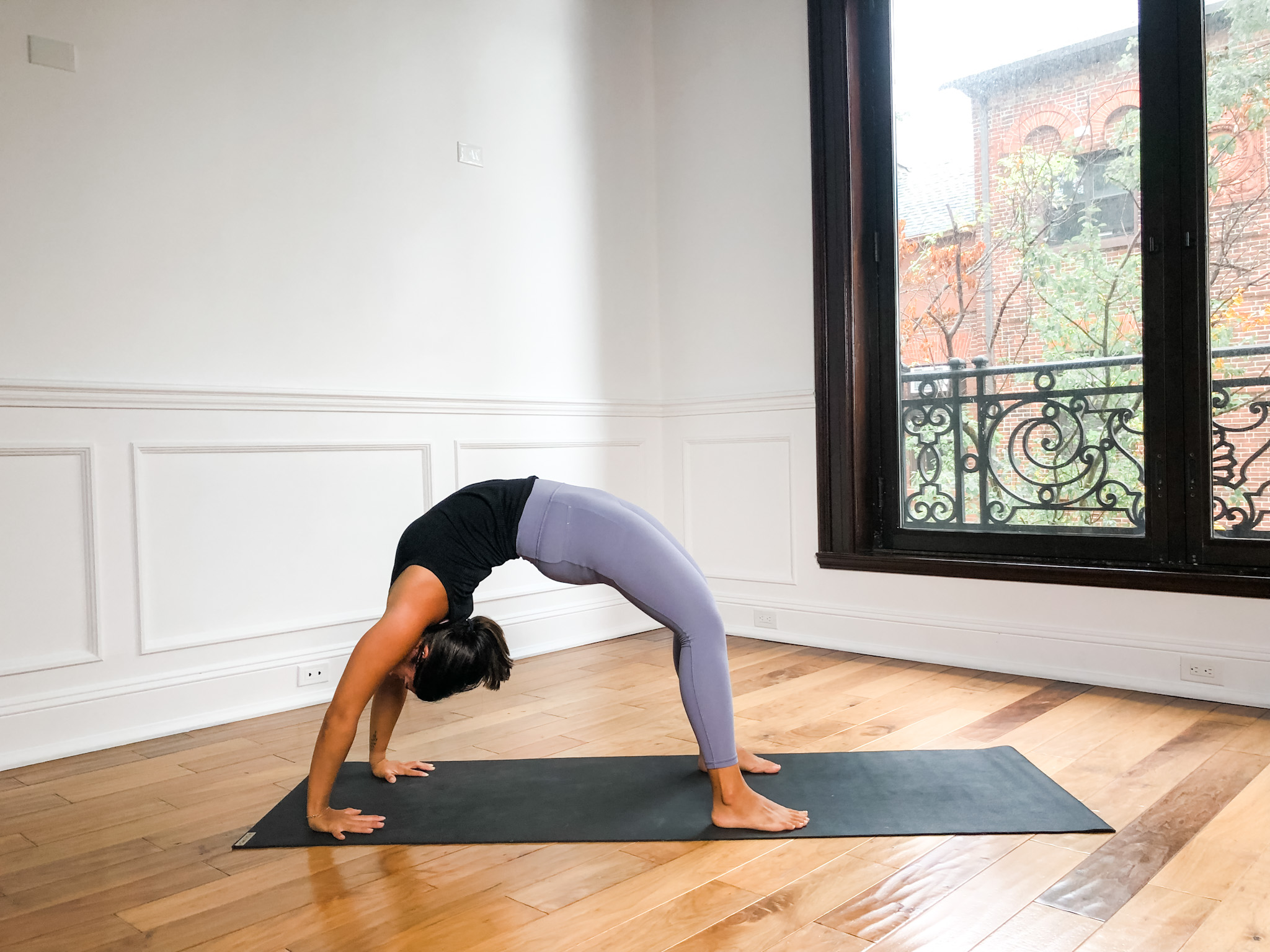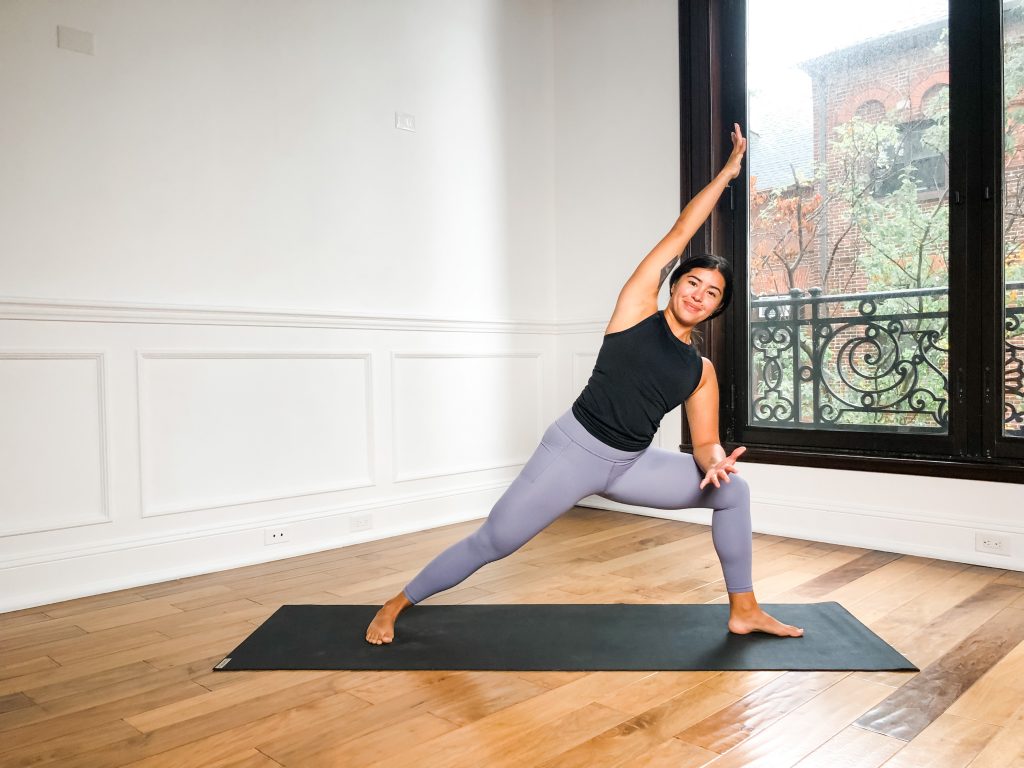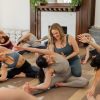
The human experience is filled with the good, the bad, and the ugly. In fact, a rich human experience has the highest of highs and the lowest of lows. When I began my yoga practice, I noticed feelings of awareness, presence, and even peace. For a long time, my yoga practice (and all other spiritual practices such as pranayama, meditation, journaling, etc,) was viewed as something that only brought about positive and peaceful feelings.
As I have gotten older, wiser, and deeper into my practice and therefore myself I have noticed that yoga does not only open us up to the “good and fluffy feelings,” but it opens us up in all directions. Meaning our range of experiences actually become wider and the capacity with which we can feel and sense things is much deeper.
This level of self-awareness gained through various modalities of practice has caused deep introspection into the wonderful, light-filled corners of myself and the scarier, darker corners of myself. I’ve gained tools to notice patterns, behaviors, and past actions which have both served me and not served me. I’ve become aware of where I have limited myself in the past and where I continue to do so today.
Still sounding fun and fluffy? Haha, maybe not so much.
Noticing and accepting the good is easy. Noticing and accepting the bad and ugly is not so easy. It’s taken time, effort, and consistency to really accept patterns, behaviors, and actions which have hurt me or others, limited my potential, and failed to honor who I am and who I wish to become.
However, I’ve come to view the acceptance of such things as a gift…a vital and necessary part of my own growth and evolution. Because without accepting the past versions of myself, I have absolutely no shot of becoming the future versions of myself.
Self-acceptance creates the foundation from which to notice, accept, and love ourselves. By accepting we have dark corners, we give ourselves the opportunity to illuminate and make bright again those corners. We grant ourselves the space and time to continuously learn, integrate, grow, and evolve into the fullest and brightest version of you, me, us. By accepting ourselves, we give ourselves a shot at loving ourselves and if you ask me, looking at and acknowledging the dark corners is worth it every time.
This week’s peak pose is Full Wheel. Full Wheel is a pretty complex and intense posture — It takes time, effort, and consistency to prep the whole body to be able to backbend in this capacity. It requires that we check in with ourselves, accept our starting point, and incrementally work from there. The main action we’ll be focusing on for this sequence is length through the sides of the body and the spreading of the ribs from one another.
Supporting Pose 1: Upward Hands (Urdhva Dhanurasana)
Upward hands is really like the blueprint for full wheel. Theoretically, if we were to keep stretching the body up, we would eventually go into a backbend. So it’s important we set ourselves up right here with strong feet and hands to reach and stretch the sides of the body up.
How to:
- Stand in mountain pose with the feet a few inches apart or all the way together.
- Reach the arms up alongside the ears with the fingers spread.
- Press from the heels of your feet up through the fingers and sense each rib being lifted off the one beneath.
- Ensure you are not excessively pressing the ribs forward by compacting the hips in, drawing the front ribs down, and reaching the arms up.
Supporting Pose 2: Extended Side Angle (Utthita Parsvakonasana)

I love extended side angle for full wheel because it stretches the side of the body and it gets the arm right alongside the ear, similar to the arm position in full wheel. In addition, there is a slight twisting action of the torso which also serves our backbending practice.
How to:
- Start in warrior 2 and hinge at the front hip to bring the chest forward.
- Take the forearm on top of the thigh and firmly press down to support the torso.
- Take the top arm over the ear towards the front of the room and stretch from the back foot up through the top arm.
Supporting Pose 3: Warrior I (Virabhadrasana I)

Warrior I is great prep for backbending because it puts the back leg into an extended position from the hip which is the action that takes place in backbending. It also teaches us to reach the arms up away from the hips to stretch the sides of the body and straighten the arms towards the sky.
How to:
- Take one leg towards the front of the mat and the other leg about 2-3 feet behind that one towards the back of the mat. Aim the front toes and knee directly forward.
- Take the back toes down at an angle so the toes are facing about 10 or 11 o’clock on an imaginary clock face.
- Bend the front leg to 90 degrees and press the shin forward whilst keeping the back leg straight and press the thigh back. The opposing actions of the legs should help to bring the sides of the pelvis more or less squared towards the front of the room.
- Reach the arms up and overhead and press the palms together. Use the pressing of the palms together to reach the straight arms to the sky. As you lengthen the arms, imagine the ribs spreading apart from one another vertically.
- Take the gaze towards your thumbs.
Peak Pose: Full Wheel (Urdhva Dhanurasana)
How to:
- Lie on your back with your knees bent and soles of the feet flat on the floor.
- Bring your hands to the floor under your shoulders. Press your palms to the ground with your fingers facing the heels of your feet.
- Firm the elbows towards one another and firm the upper back in.
- On your inhale, come to half wheel with the crown of the head placed on the floor.
- On your exhale, straighten the arms and press your feet down to come into full wheel.
- Keep firming the upper back in so your chest aims towards the back of the room and as you remain in this posture, attempt to keep lengthen through the sides of the body as opposed to compressing any part of the semi-circle created with your torso and spine.








